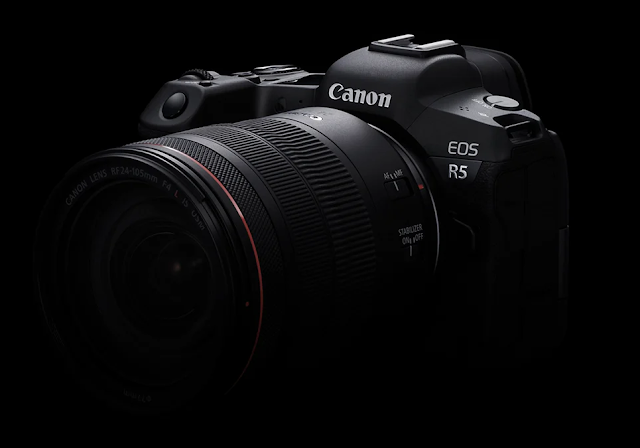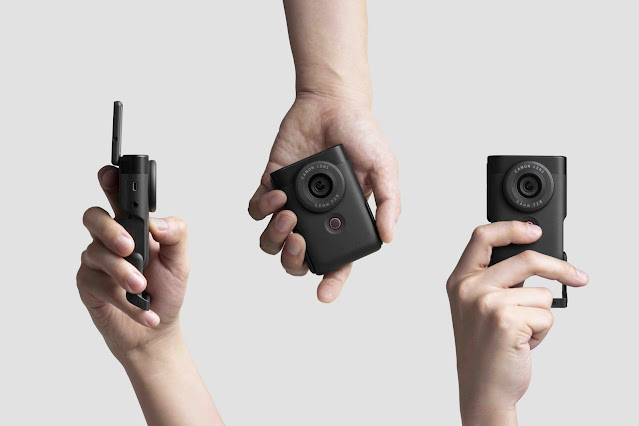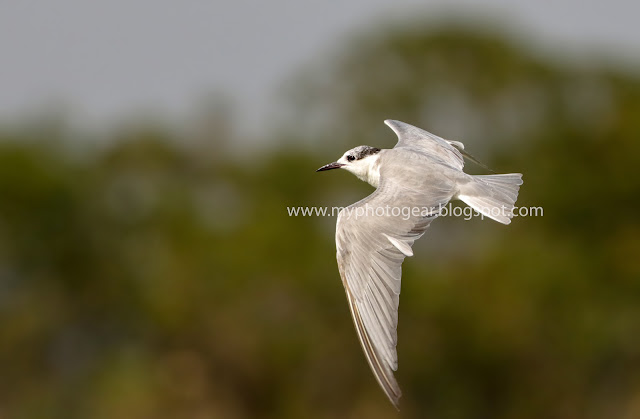How to focus bird photography?
Capturing sharp and focused bird photographs requires a combination of proper equipment, technique, and patience. Here are some tips to help you focus effectively:
Use a Fast Autofocus System: Invest in a camera body with a fast and accurate autofocus system, especially one with advanced features like predictive autofocus, which can track moving subjects.
Select the Right Autofocus Mode: For birds in motion, use continuous autofocus (AI Servo for Canon, AF-C for Nikon) to track the subject as it moves. For stationary birds, single autofocus (One Shot for Canon, AF-S for Nikon) is suitable.
Choose the Correct Focus Point: Set your camera to use a single autofocus point or a small group of points to ensure precise focusing on the bird, particularly the eyes—the most critical part of a bird portrait.
Pre-focus on a Perch: If you know where the bird will land or frequently visit, pre-focus your lens on that spot and wait for the bird to enter the frame.
Anticipate Movement: Study bird behavior to anticipate where they will go next, allowing you to pre-focus and be ready to capture the action.
Use Back-Button Focus: Assign autofocus activation to a separate button (usually AF-On) on the back of your camera. This allows you to separate focusing from shutter release, giving you more control over when to focus.
Manual Focus Override: In situations where autofocus struggles, such as busy backgrounds or low light, consider switching to manual focus and fine-tuning it yourself.
Shoot at Higher Shutter Speeds: Birds are often in motion, so using a faster shutter speed helps freeze their movement and reduces the chance of motion blur. This is especially important for birds in flight.
Consider Depth of Field: Depending on your artistic vision, choose an appropriate aperture to control depth of field. A wider aperture (lower f-stop number) can create a pleasing background blur, but ensure that the bird's important features remain sharp.
Practice Patience and Persistence: Bird photography requires a lot of waiting and observation. Keep practicing, and don't get discouraged by missed shots. Over time, you'll develop the skills to consistently capture sharp and focused images of birds.
Remember, achieving sharp focus in bird photography takes practice and experimentation. Keep honing your skills, and you'll gradually improve your ability to capture stunning bird images.










